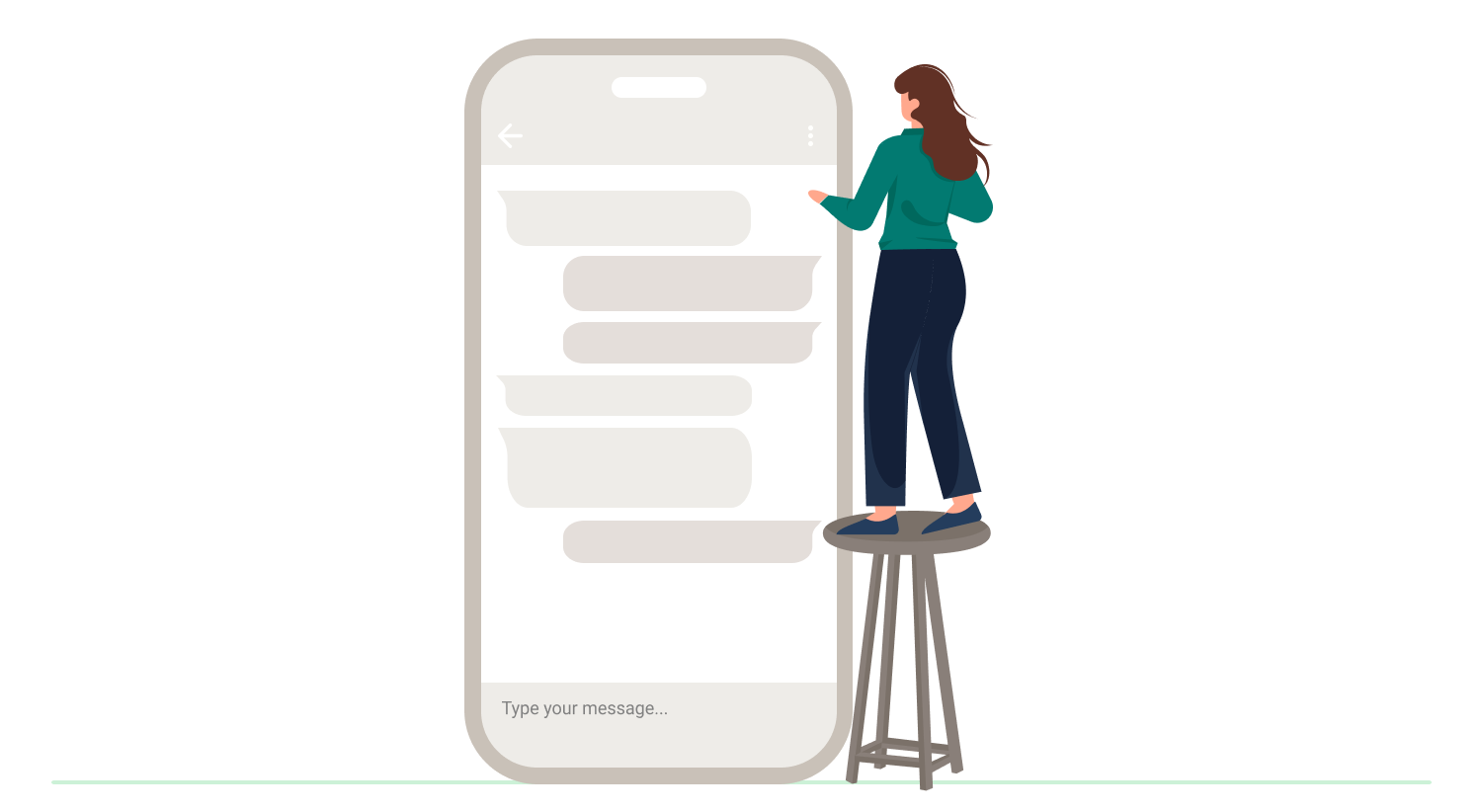
What is DesignOps?
DesignOps or design operations is the range of methods or a mindset of assimilating the design team’s workflow with the broader backdrop of product development.
The operations involve design team expansion, workflow design, design and design team’s impact analysis, and enhancement. The practice concerns building well-refined designs in tune with the overall product management processes.
DesignOps is a blanket term that refers to responsibilities like design team expansion, design project allotment, recruitment of designers, and assessment of the design’s impact and teams.
In other words, it refers to any user-centric process of design thinking. Thus the UX designers, researchers, strategists, and service designers in all the design departments are subjects of design ops.
DesignOps helps the designers reduce the workload of management-related tasks and allow them to address the problem-solving assistants.
The DesignOps supports designers in scaling up production by combining design processes and tools without compromising team dynamics. It strengthens interdepartmental relations by alignment of design goals with organizational strategies and ideology.
The beneficial role of DesignOps is to plan and regulate design teams’ work and ensure design alignment with the entire product development cycle.
Importance of DesignOps
When dealing with a bigger workforce of designers, it is required to pay special attention to the issues and challenges of management and coordination of the human resource as well as the management of various design projects.
Design operations work on this aspect and help free the designers from the excessive workload management of workflows and design libraries.
For a relatively smaller business also, there is a need for a design operations manager to run the design departments without friction with the engineering and product development teams.
Or, for small businesses with lesser designers and employees, you can work it out without hiring a manager for design operations.
You can do this by teaching the design ops methods to the organization. Operating this way will help the business to grow with pace and build a strong foundation at the organizational level.
Blending DesignOps into the work environment
To incorporate design ops culture into your work environment, you need to make changes and shifts in your team’s ideologies. It is to make design an embedded part of the product development life cycle.
You need to study the design team methods and workflows to estimate the resources and time required for development cycles and alignment of the design operations with the backdrop of your overall development cycles and schedules.
Manage the time and schedules of engineering teams with design teams, basically to figure out who will pass on the work to whom and when. Like at a particular stage, the developers will have to send the product work to design; at that point, the concerned design must be in the condition to take up that work.
Benefits of DesignOps
- It helps to establish proper communication between cross-functional teams of designers and product development teams.
- It enables product managers to clear or avoid hold-ups and delays that arise due to non-alignment of schedules between design and engineering or development teams. It ensures the coordination of plans and releases so that all the processes are on track.
- It facilitates the effective allocation of staff and capital for all the design projects. The design ops manager has to determine the number of designers required for a project and manage the release schedules.
- Through design ops, you can tackle the weaknesses efficiently.
Elements of design operations
Operations Management: Preparing the design roadmap that includes long and short-term goals and the methods to achieve the targets.
Process design: Creating design systems, frameworks, and layout of design tools.
Project management: Allocation of projects and marking out timelines and deadlines.
Communication strategy: The communication link between the design teams and other departments in the company. This communication helps in ensuring smooth workflow between design and other departments.
Onboarding designers: Hiring and training new designers.
Building design team culture: Organizing sessions for the design teams for skill development and growth. Providing mentorship and support to the designers.
Budget allocation
Legal: Collaborating with the legal department for NDAs and participant release forms.
Procurement process management: Working with the procurement team to simplify the decision-making process for design-related purchases.
IT and Security: Collaboration with the IT team to create the technological framework and secure the design toolset.
FAQs
DesignOps is a mindset or modus operandi that supports the designers to target problem-solving and frees them from workflow management and other administrative responsibilities. It integrates the design team’s workflow with the broader backdrop of product development.
(i) Conduct regular one-on-one meetings with the team members to get to know them better and discuss the company’s ideologies, strategies, and short-term and long-term goals.
(ii) Distribute the projects based on the member’s skill set and strengths.
(iii) Manage conflicts and provide peaceful resolution.
(iv) Define roles, and identify the member’s creativity and passion.
(v) Appreciate, guide, and motivate the team.
(i) Identify the practical issues in the design department across all teams and partners. (ii) Define the role of design operations for each set of issues. (iii) Prioritize targets and plan measures to achieve targets. The major questions to be answered are how to ensure collaboration, manage the design work, and impact the design team’s efforts.
The domain of roles and responsibilities of DesignOps management is very wide ranged. It mainly includes operations management, process design, project management, developing a communication strategy, onboarding new staff, organizing workshops and training sessions for design teams, budget allocation and control, and managing the procurement process.
